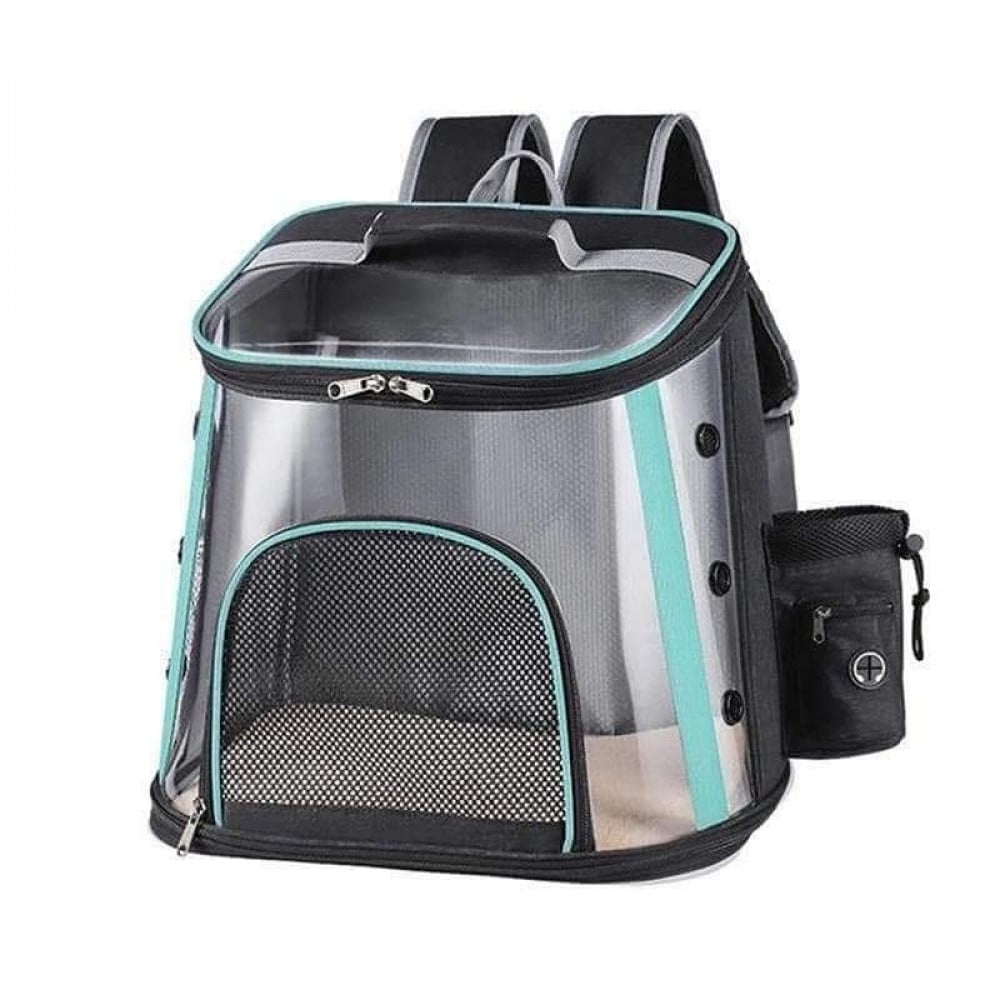Tips for Moving to a New Home
Introduction
Moving to a New Home is undoubtedly a significant life event that can bring a mix of excitement and stress. When you add a four-legged family member to the equation, the dynamics of the move take on a whole new dimension. Ensuring a seamless transition for both you and your pet requires careful planning, consideration, and a dash of extra patience. In this comprehensive guide, we’ll delve into a myriad of tips to make moving with your pet a positive and stress-free experience.
1. Preparing for the Move:
The key to a successful move with your pet lies in meticulous preparation. Start by researching pet-friendly neighborhoods and ensuring that your new home complies with local regulations. It’s crucial to understand any restrictions or specific requirements for pet ownership in your new area.
Schedule a visit to the veterinarian well in advance of the move. This health check-up should cover vaccinations, a thorough examination, and a discussion about any concerns related to the move. Obtaining a copy of your pet’s medical records is essential, as it can prove invaluable in your new location.
In the first few days after moving, your cat might feel a bit lost and could try to wander away. To make sure they stay safe, think about using a tracker during this time. This way, you can keep an eye on them and prevent any unexpected adventures outside. It’s a simple step to help your cat feel more secure in their new home.

2. Updating Identification:
As you gear up for the move, take a moment to check and update your pet’s identification information. If your furry friend has a microchip, verify that the details are current.
Additionally, ensure that their collar or ID tag displays accurate contact information. This step is crucial in the unfortunate event that your pet gets lost during the move.
3. Maintaining Routine:
Pets thrive on routine, and disruptions can lead to stress and anxiety. Maintain their regular feeding schedules, walks, and playtime in the weeks leading up to the move. Consistency provides a sense of security for your pet amidst the impending changes.
4. Creating a Safe Haven:
Upon arrival at your new home, designate a secure and comfortable area for your pet. This safe haven can be a quiet room equipped with familiar items such as their bed, toys, and food bowls. Allowing your pet to acclimate to the new environment from this base can help ease the transition.
5. Gradual Introductions:
If possible, introduce your pet to the new home gradually. Start with one room and progressively expand their territory as they become more comfortable. This step-by-step approach prevents overwhelming your pet and allows them to acclimate at their own pace.
6. Recreating Familiarity:
Bring along items from your old home that carry your pet’s scent, such as their bed, favorite toys, and blankets. Familiar scents provide comfort and reassurance, making the new surroundings feel less alien.
7. Patience and Observation:
Understanding that your pet may take time to adjust is paramount. Be patient and observe their behavior closely. If signs of stress persist, consult with a veterinarian for additional guidance. A vet can offer insights and recommendations to help your pet through the adjustment period.
8. Exploring the Neighborhood:
Once you’ve settled into your new home, embark on short walks around the neighborhood with your pet. This allows them to become familiar with the sights, sounds, and scents of their new surroundings. Pay attention to other animals, people, and potential hazards during these exploratory walks.
9. Establishing a New Routine:
As you settle into your new home, establish a routine that aligns with your pet’s needs and your lifestyle. Consistency and predictability are key to helping your pet feel secure and adapt to the changes more easily.
10. Ensuring Safety During the Move:
While on the road to your new home, prioritize your pet’s safety. Secure them in a well-ventilated crate or carrier, and make frequent stops for bathroom breaks and short walks. Ensure they have access to fresh water, and never leave them unattended in a parked vehicle.
Ensuring a safe move is crucial for your pet’s well-being. Consider employing a secure method of transportation to provide a sense of security for your furry companion. Explore this product as a potential solution to enhance the safety of your pet during the relocation process

11. Handling Specific Challenges:
Certain challenges may arise during the move, such as long-distance travel, air travel, or moving with multiple pets. Tailor your approach based on the specific needs of your pet and the circumstances of the move. Consult with a veterinarian for advice on handling these challenges effectively.
12. Treat your pet
Consider pampering your pet with cleaning and grooming services. Explore offerings such as ear and eye cleaning, as well as overall treatment. Enhance your pet’s well-being and hygiene by checking out these specialized services designed to keep them clean and comfortable, check this services.

Conclusion:
Moving with a pet demands careful planning, dedication, and a deep understanding of your furry friend’s needs. By adhering to the tips outlined in this comprehensive guide, you can pave the way for a positive and stress-free relocation experience for both you and your beloved companion. Remember, patience is key, and the extra effort you invest in ensuring your pet’s comfort during the move will undoubtedly strengthen the bond between you and your furry family member.




